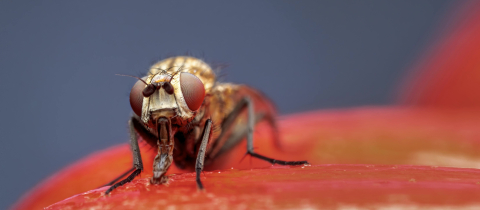Various preparations of this daisy-like plant have been used for centuries to soothe aching muscles and help heal bruises, sprains and wounds. It seems that Europeans and Native Americans independently came to the conclusion that arnica had injury healing properties, suggesting that the effect is real. Traditionally, the flowers were soaked in water and melded into a poultice that was then applied to the injured area. Later, alcohol extracts of the plant and various ointments made from the flowers were developed. In 1981 German researchers finally isolated a compound they named helenalin and showed that it had anti- inflammatory and mild pain-killing properties. Although the evidence is not overwhelming, some randomized clinical trials have demonstrated that topical arnica can be effective for the treatment of osteoarthritis of the hand or knee. In one study, 53 women and 26 men applied arnica gel to their affected knees twice a day for six weeks and found a significant improvement in pain and stiffness. In another clinical trial a gel containing 50 grams tincture of arnica per 100 grams of gel was as effective at relieving hand osteoarthritis as a 5% ibuprofen cream. Arnica is also available in homeopathic preparations, but in this case the story is quite different. Homeopathic remedies are diluted to the extent that the final product doesn’t contain any of the original purported active ingredient and the therapeutic effect is claimed to be accomplished by some sort of molecular memory that has been imparted to the solution through successive dilutions and systematic shakings. Homeopaths suggest that oral arnica can control bruising, reduce swelling and promote post-operative healing. Scientifically, nonexistent molecules having a therapeutic effect is implausible, but of course the question isn’t about plausibility, it is about efficacy. Do homeopathic arnica remedies work? While a few trials have suggested a mild positive effect, the majority have found the results to be the same as with a placebo. How can there be any trials that show a benefit, given that there is no active ingredient involved? Sometimes positive results occur by chance alone, which is why in science one looks beyond individual studies and searches for consensus. The bottom line is that while arnica gels or ointments may provide some relief from arthritic pain, homeopathic versions benefit only those who sell such products. Incidentally, the German name for arnica is Fallkraut or Fall herb, probably in reference to the mountain goats that sought out the remedy for their bruises after taking a tumble.
Various preparations of this daisy-like plant have been used for centuries to soothe aching muscles and help heal bruises, sprains and wounds. It seems that Europeans and Native Americans independently came to the conclusion that arnica had injury healing properties, suggesting that the effect is real.







